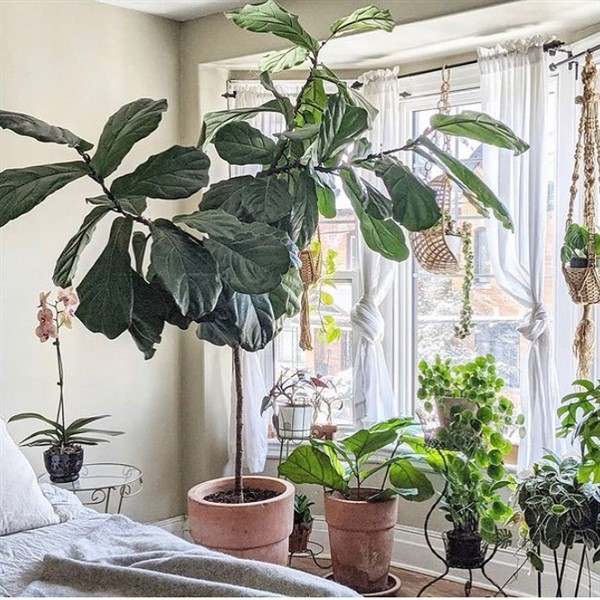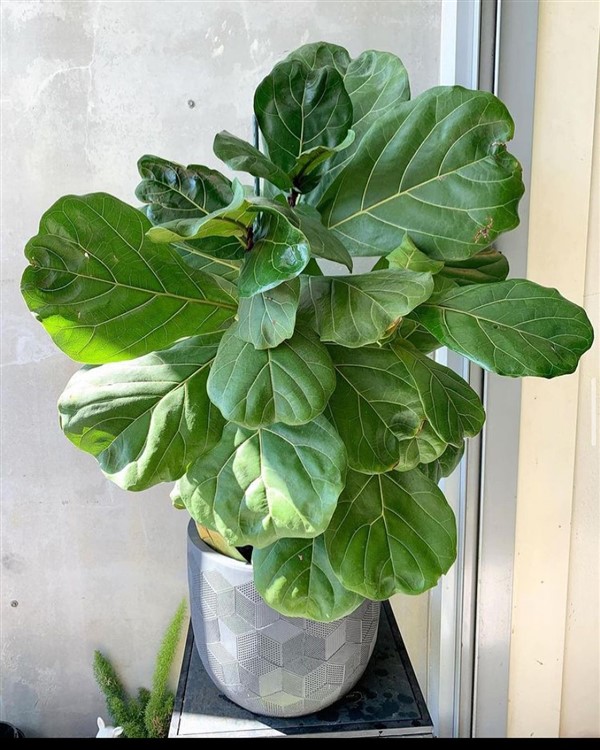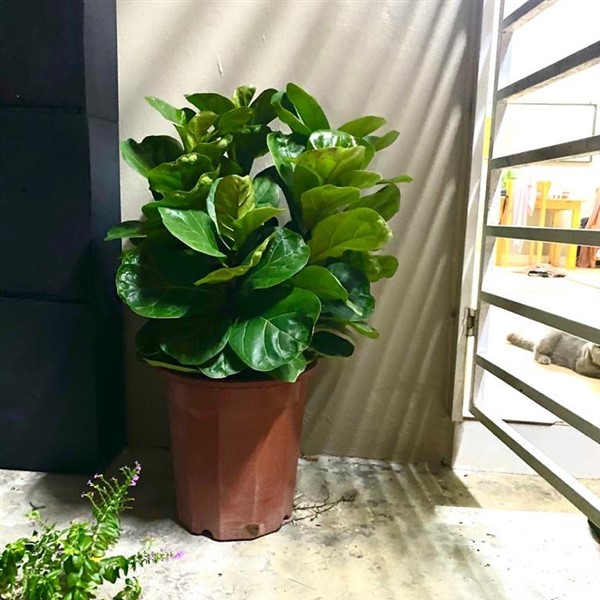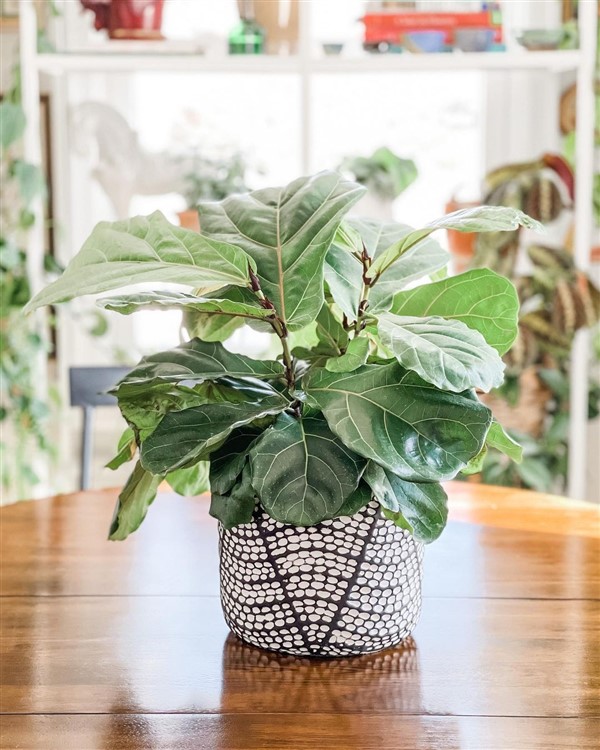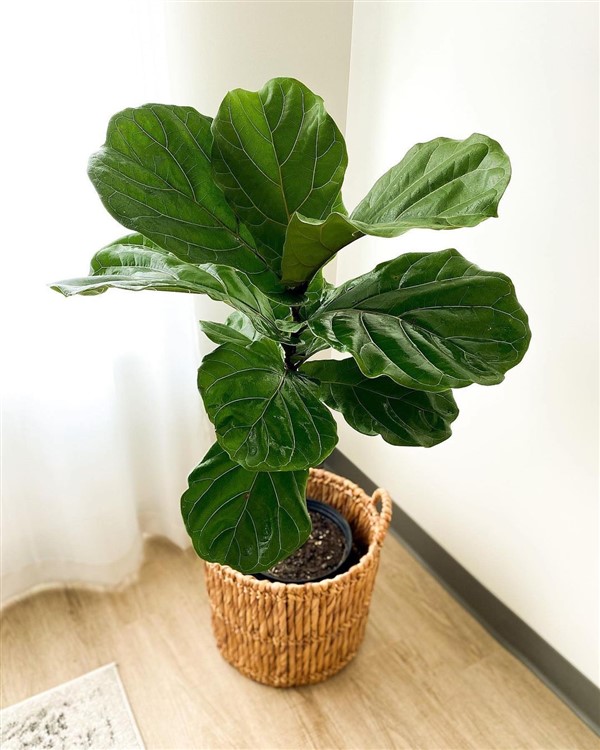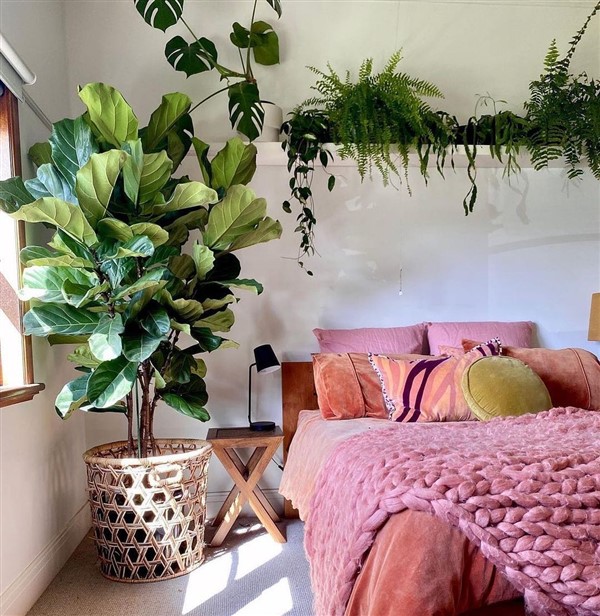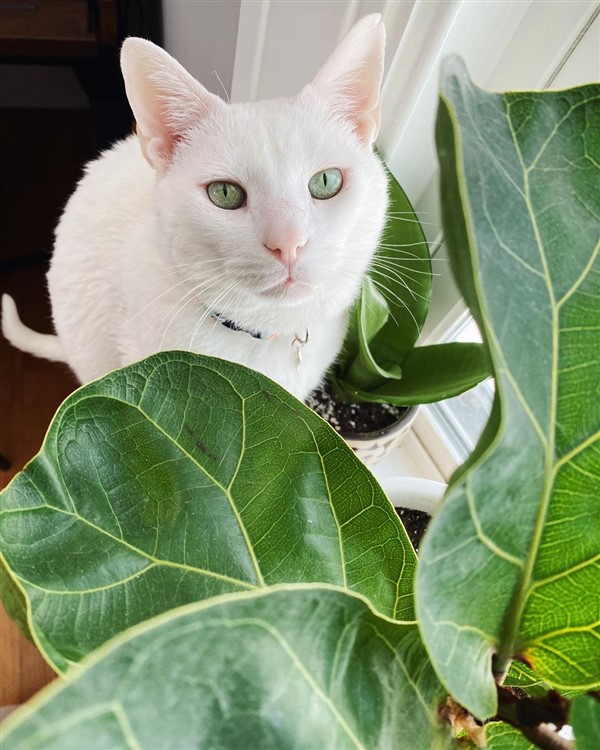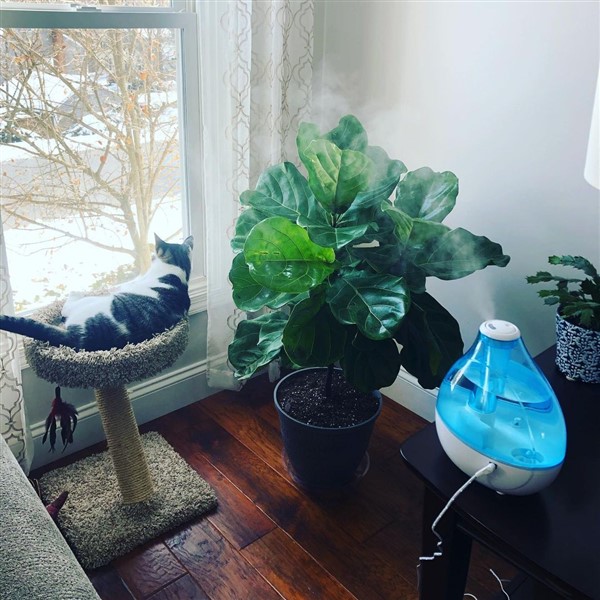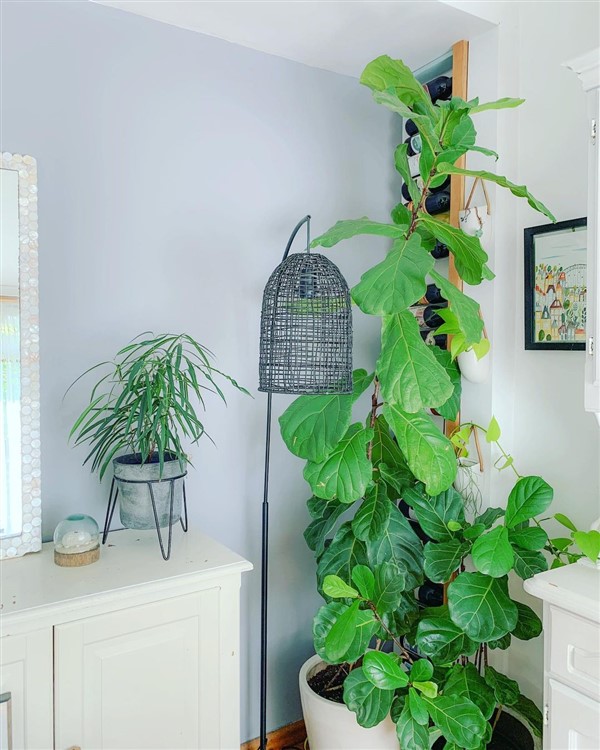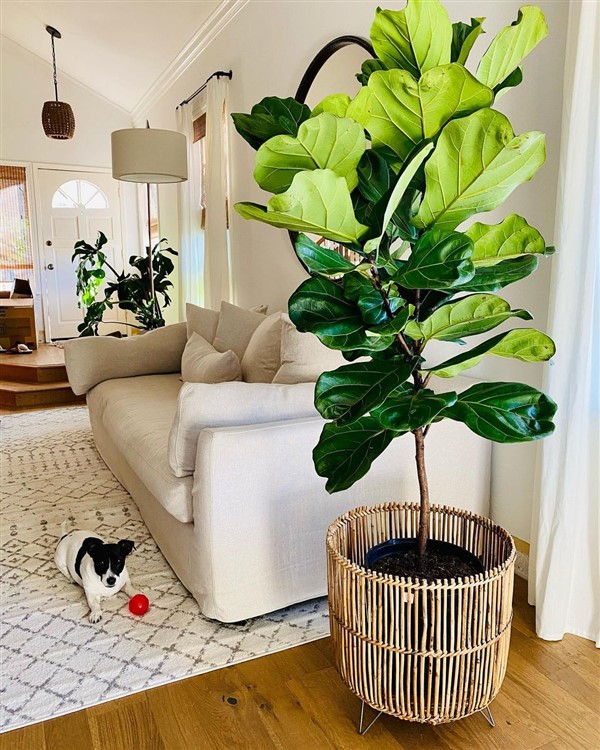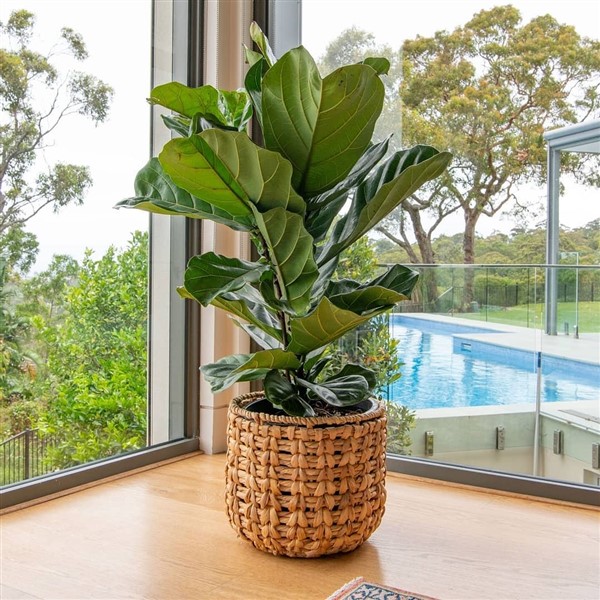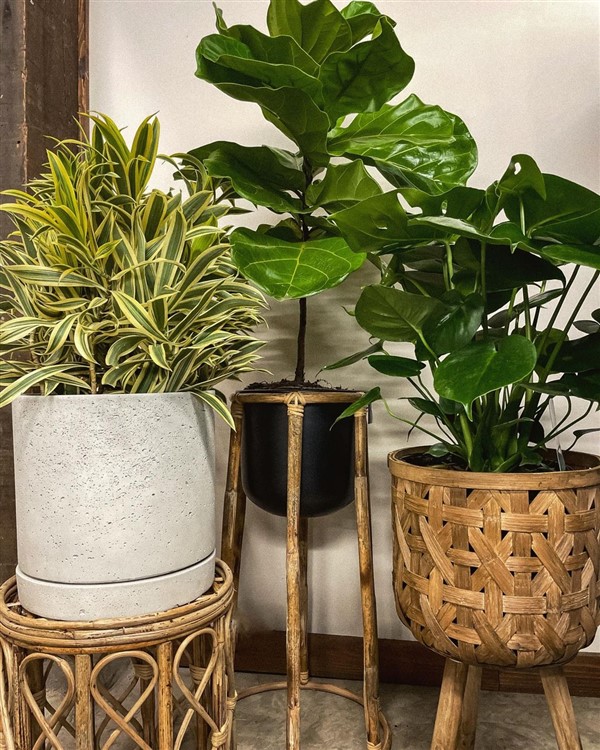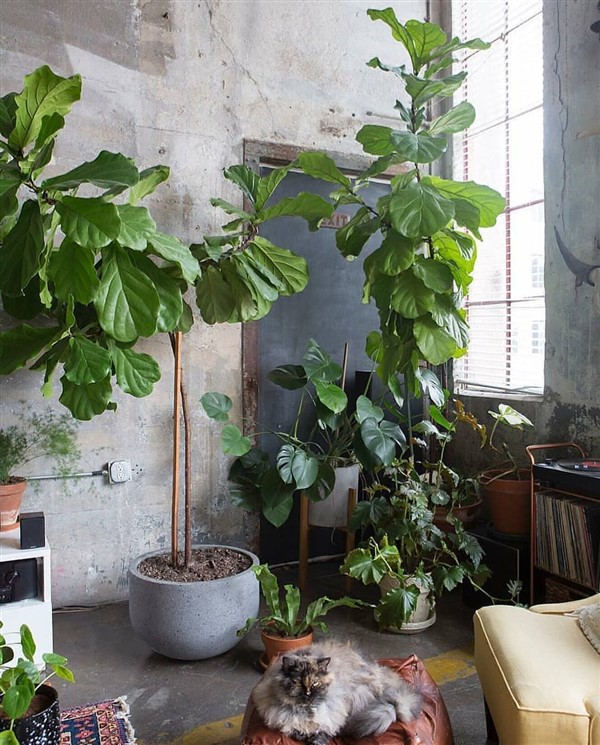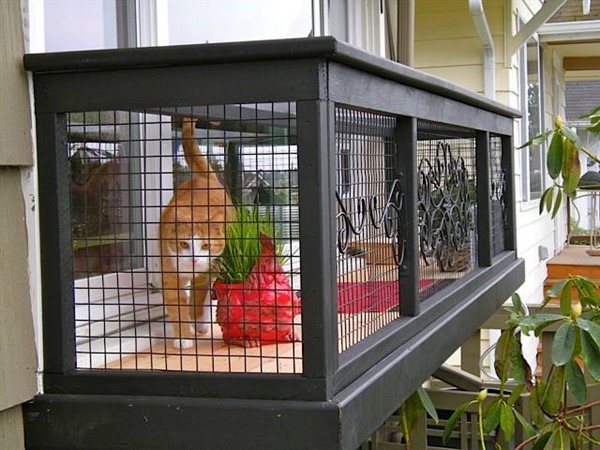Getting a lot of hits on social media, the fiddle leaf fig is one of the latest popular plants on both indoor and outdoor decoration. Generally, small ones of these plants decorate indoor spaces whereas huge ones are found mostly in nature. Outside of its decoration purpose, scientifically, it is known as Ficus Lyrata. Fiddle leaf fig that is native to Western Africa has reached many far-flung places in the world lately. Also, all different sizes of this plant are relatively inexpensive in the market. So it is worth giving a chance.
General information
Fiddle leaf fig is a flowering plant featuring multi-broad giant foliage, mostly single-stemmed, and green fruit. Due to being an evergreen plant, it resemblances with Chinese Evergreen. Provided proper care, it may live up to 50 years. This type of plant’s maxed growth changes according to the setting conditions. On one hand, it reaches up to 50 ft (15 m) under outdoor conditions. On the other hand, it grows up to 10 ft (3 m) under indoor conditions. When it comes to the maximum dimension of the foliage, the length and width are roughly 20 inches (50 cm) and 10 inches (25 cm) respectively.
Although there is not any certain information about its flower, the fiddle leaf fig gives a green fig as a fruit under natural conditions. However, tropical conditions should be provided to give fruits inside closed places. Meanwhile, it is completely safe for pets in case of ingestion.

How to Care For Ficus lyrata
Sunlight: Ficus lyrata is quite vulnerable to direct sunlight. Therefore, closed places, semi-shade points, or sheltered outdoor spots are ideal for such plants. Every other day, rotate it because this plant always tends to grow towards the light source.
Watering: In its growing season (spring and summer), weekly or bi-weekly will suffice for Fiddle leaf fig. Water 1/3 of the pot and be sure if the soil could be watered thoroughly. In winter, conversely, this plant needs sparsely watering due to being dormant. In addition, clean the leaves with a piece of cloth because dust prevents sunlight from entering through leaves.
Humidity: Typically, such plants like humid settings due to being a tropic plants. Upwards of 50% humidity in the setting guarantees without troubled growth. Under indoor conditions, there are a number of ways to ensure humidity. Here, humidifiers, trays filled with wet pebbles, or water sprays work best.
Temperature: The natural temperature range for this plant is between 140°F – 168°F (60°C – 75°C). But still, it resists down to 50°F (10°C). According to the USDA plant hardiness map, 10-12 regions are best for growing it. However, keep in mind that cold and warm drafts have a negative effect on this tropic plant.
Soil Type: The loam potting soil is a great option for Ficus lyrata. Also, well-drained and well-ventilated soil may accelerate the growth process. In addition, the soil should not be too dry or too soggy.
Fertilizer: The fertilizer, in particular, liquid ones work best in the growing seasons. Fertilizing monthly will be enough for its food intake. After a certain time, salt piles can accumulate in the potting soil. Too much salt gives damage to the leaves.
Propagation: Cutting and air-layering are the best two ways for propagating. Cutting would be viable for indoor plants. But air-layering is a little bit harder and it is exactly for outdoor plant propagations.
Repotting: There are a couple of signs for repotting. One of them is an overgrown plant. Should the plant becomes bigger than the current pot, repotting could require. Sometimes, the plant becomes so colossal that it is impossible to transfer to a new container. In this case, changing the first 2 inches of the soil layer is more reasonable. Another sign is a damaged pot due to outer impacts. For example, if a Fiddle leaf fig in a clay pot takes damage due to any reason, putting it inside a big concrete planter could make your space more decorative.
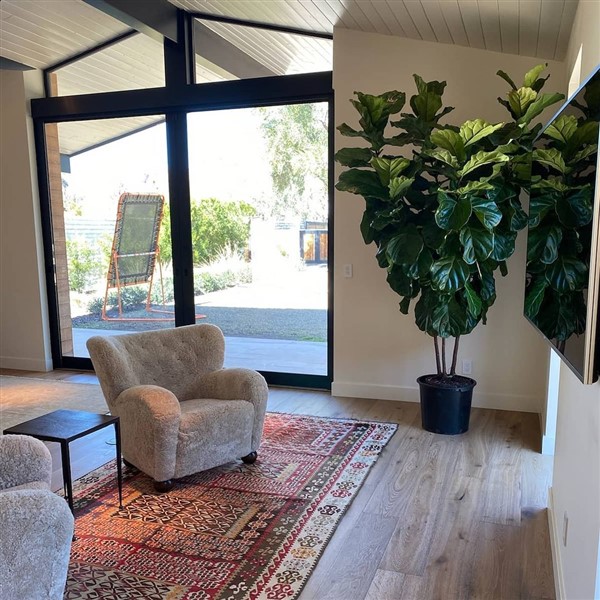
Common Problems
Bug infestation: Spider mites, scales, fungus, and bacteria poses threat to this plant. In such cases, it is important not to be late to solve this problem.
Brown spots: It stems from bacterial and fungal diseases in general. It can occur in all kinds of shapes, sizes, and colors.
Dropping leaves: It could demonstrate the insufficient amount of light intake or having difficulty in adopting the new setting. Sometimes, it can be seasonal.
Suggestions for problems: Bug infestation is serious. To overcome this problem, use alcohol-based wipes or insecticides. When it comes to brown spots, cut the troubled leaves, and go on its routine schedule. For dropped leaves, be sure if the plant gets enough sunlight or not. If there is not any problem stemming from sunlight, change the spot of the plant.
